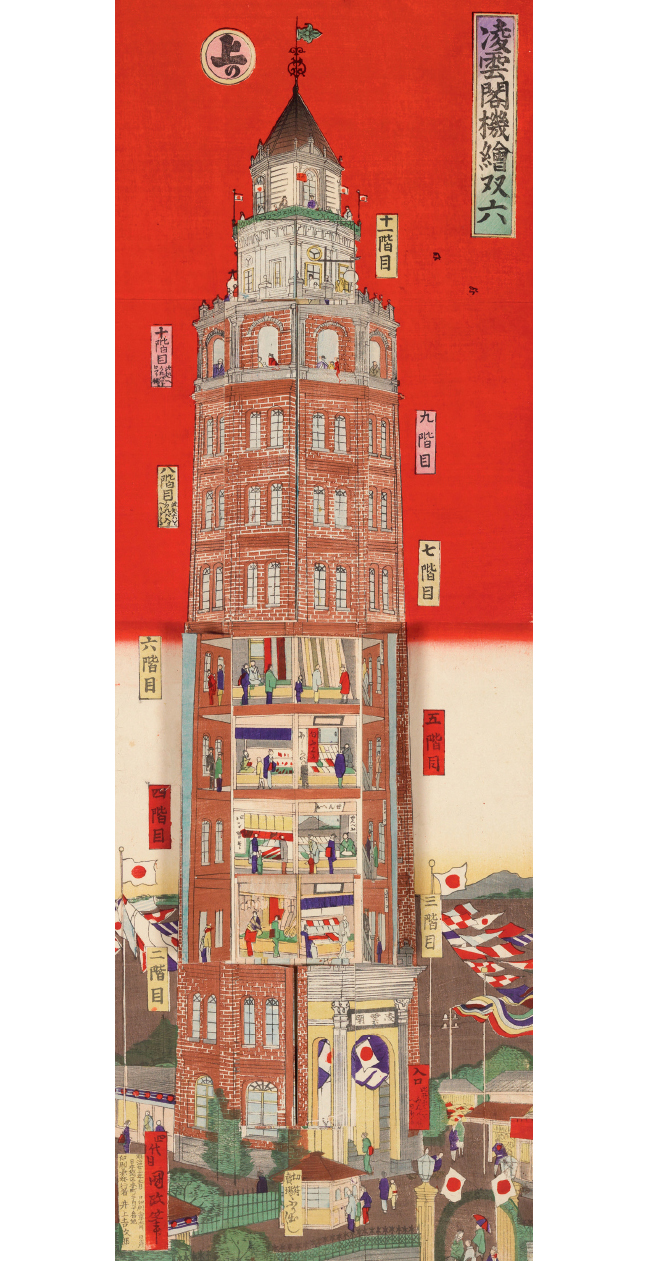Understanding World Societies:
Printed Page 798
Industrialization

Meiji Japan’s fascination with things Western led to the construction of Western-
The leaders of the Meiji Restoration, wanting to strengthen Japan’s military capacity, promoted industrialization. The government paid foreign experts to help with industrialization, and Japanese were encouraged to go abroad to study science and engineering.
The government played an active role in getting railroads, mines, and factories started. Early on, the Japanese government decided to compete with China in the export of tea and silk to the West. Introducing the mechanical reeling of silk gave Japan a strong price advantage in the sale of silk, and Japan’s total foreign trade increased tenfold from 1877 to 1900. The next stage was to develop heavy industry. The huge indemnity exacted from China in 1895 was used to establish the Yawata Iron and Steel Works. The third stage of Japan’s industrialization would today be called import substitution. Factories such as cotton mills were set up to help cut the importation of Western consumer goods.
Most of the great Japanese industrial conglomerates known as zaibatsu (zigh-
As in Europe, the early stages of industrialization brought hardship to the countryside. Farmers often rioted as their incomes failed to keep up with prices or as their tax burdens grew. Workers in modern industries were no happier, and in 1898 railroad workers went on strike for better working conditions and overtime pay. Still, rice production increased, death rates dropped as public health was improved, and the population grew from about 33 million in 1868 to about 45 million in 1900.